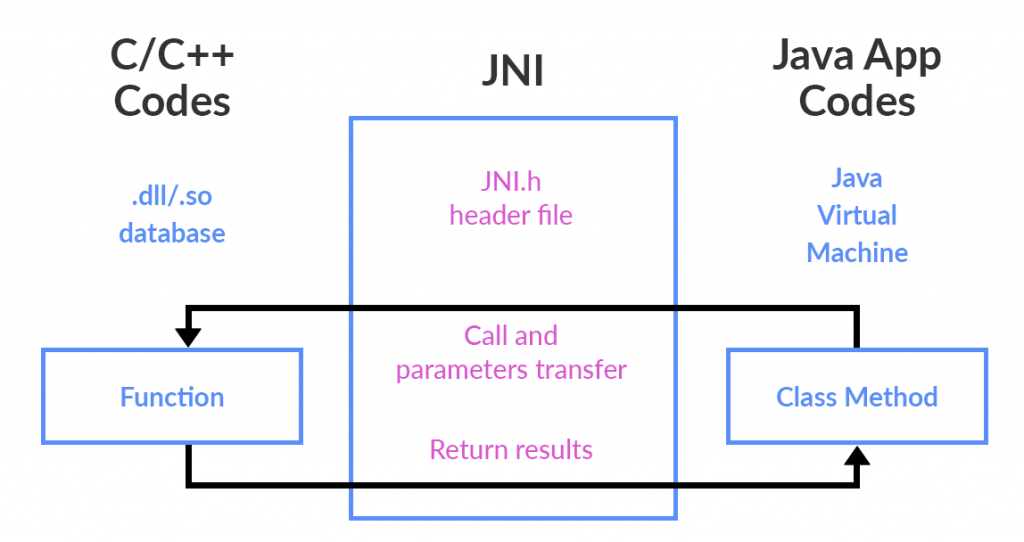In the dynamic world of technology, the ability to adapt and integrate various tools is invaluable. A Java software development company often finds itself at the intersection of complex projects that require the use of multiple programming languages. This article explores the why, how, and best practices of integrating Java with other languages, providing a comprehensive guide for developers in these companies looking to navigate the multilingual landscape of software development.
The Need for Multilingual Software Development
In an era where technology is rapidly evolving, software development can no longer rely on a single language. Projects often require the robustness of Java combined with the flexibility and specialized capabilities of other languages. Whether it’s Java’s scalability with Python’s data analysis prowess or JavaScript’s interactive features, integrating multiple languages can lead to more powerful, efficient, and scalable solutions.
Common Languages Integrated with Java
Popular languages that are often integrated with Java include:
- Python: Known for its simplicity and powerful libraries, especially in data analysis and machine learning.
- JavaScript: Dominant in web development, it’s often used alongside Java for full-stack development.
- Scala: Offers functional programming features and is interoperable with Java, making it a popular choice for complex enterprise applications.
Each language brings its unique strengths to the table, complementing Java’s robustness and portability.

Methods for Integrating Java with Other Languages
Several methods facilitate the integration of Java with other languages:
- JNI (Java Native Interface): Allows Java code to interoperate with applications and libraries written in other languages. It’s powerful but can be complex and error-prone.
- JNA (Java Native Access): Provides easier access to native shared libraries than JNI. It’s simpler to use but may not offer the same level of performance.
- RPC (Remote Procedure Call): Enables different parts of a program to communicate with each other, potentially written in different languages, across a network.
Choosing the right method depends on specific project requirements, performance considerations, and the team’s expertise.
Best Practices for Successful Integration
To ensure a smooth integration:
- Ensure Code Compatibility: Make sure the data types, structures, and paradigms align well between the languages used.
- Consider Performance: Understand the performance implications of the integration method chosen.
- Prioritize Security: Be aware of the security risks when connecting different systems and ensure all parts of the application are secure.
- Test Thoroughly: Integration introduces complexity, so comprehensive testing is crucial.
- Document Everything: Maintain clear documentation to help future developers understand and maintain the integrated system.
Potential Pitfalls and How to Avoid Them
Common pitfalls include version incompatibility, memory management issues, and complex debugging processes. Avoid these by staying updated with the latest versions, understanding the memory management models of the languages used, and employing robust debugging tools designed for multilingual environments.
Conclusion
Embrace the power of multilingual software development and unlock new potentials in your next project! If your project requires specific expertise, consider the option to hire dedicated Java developers. These professionals can bring a wealth of knowledge and experience to your team, ensuring that your integration of Java with other languages is seamless, efficient, and innovative.
